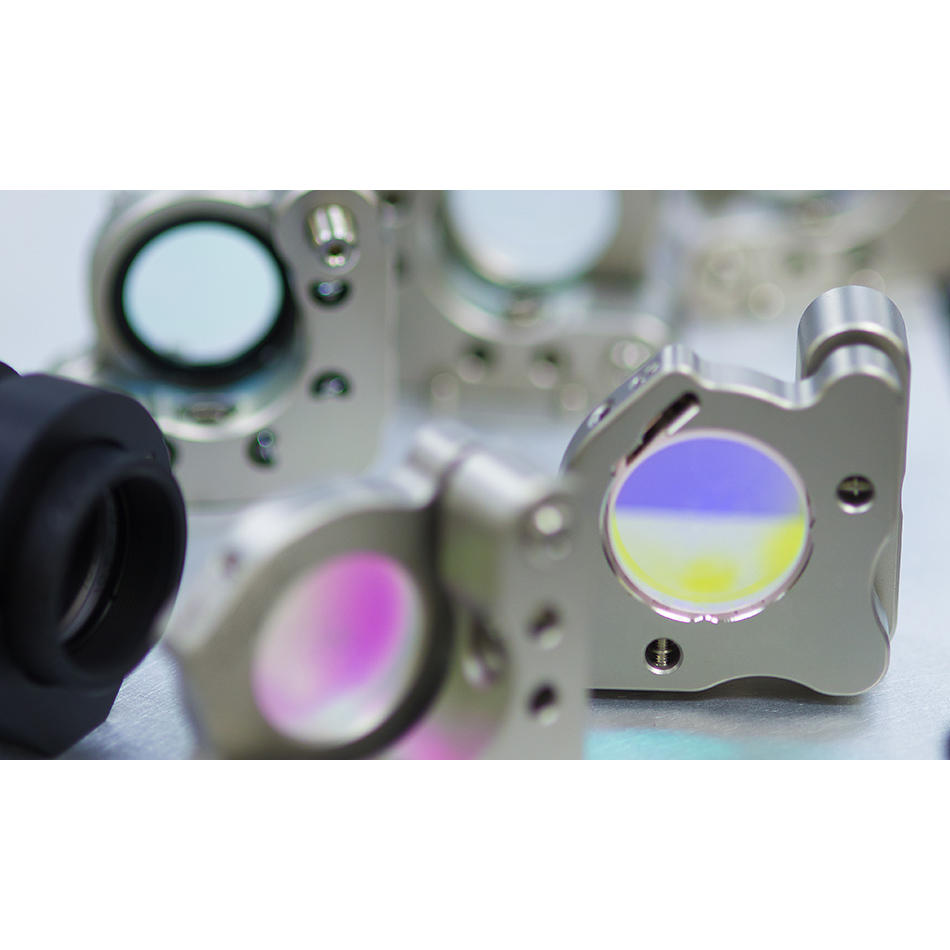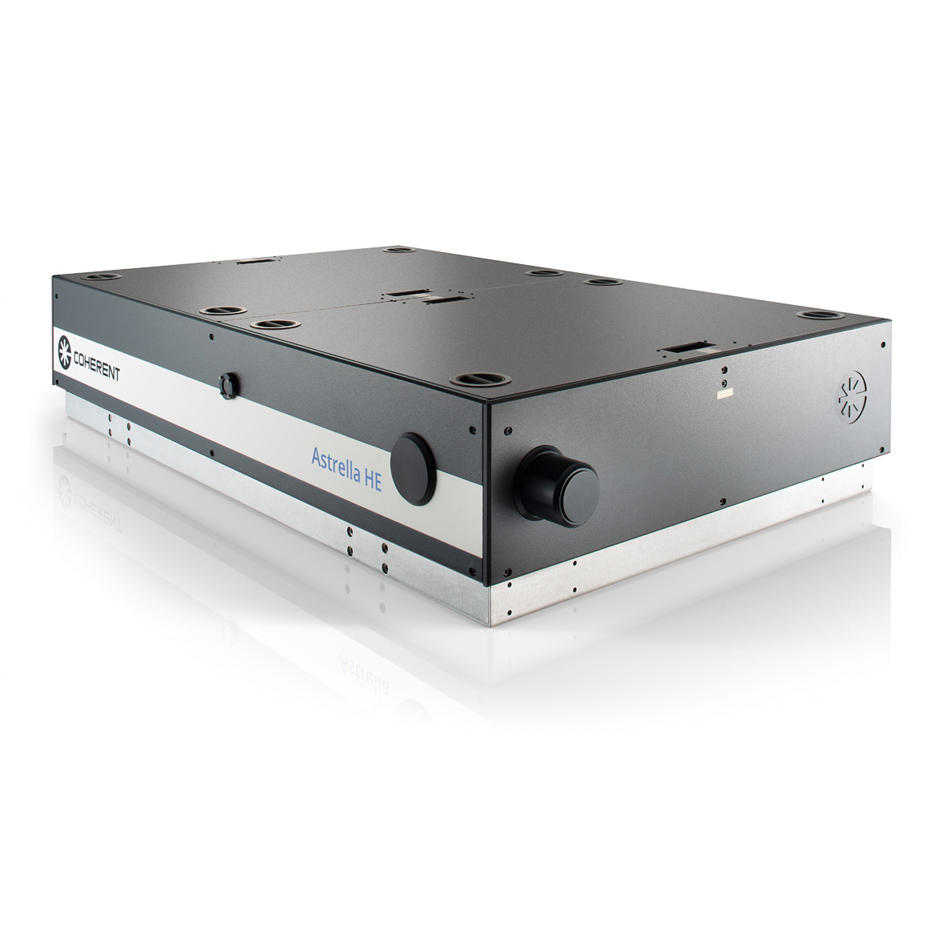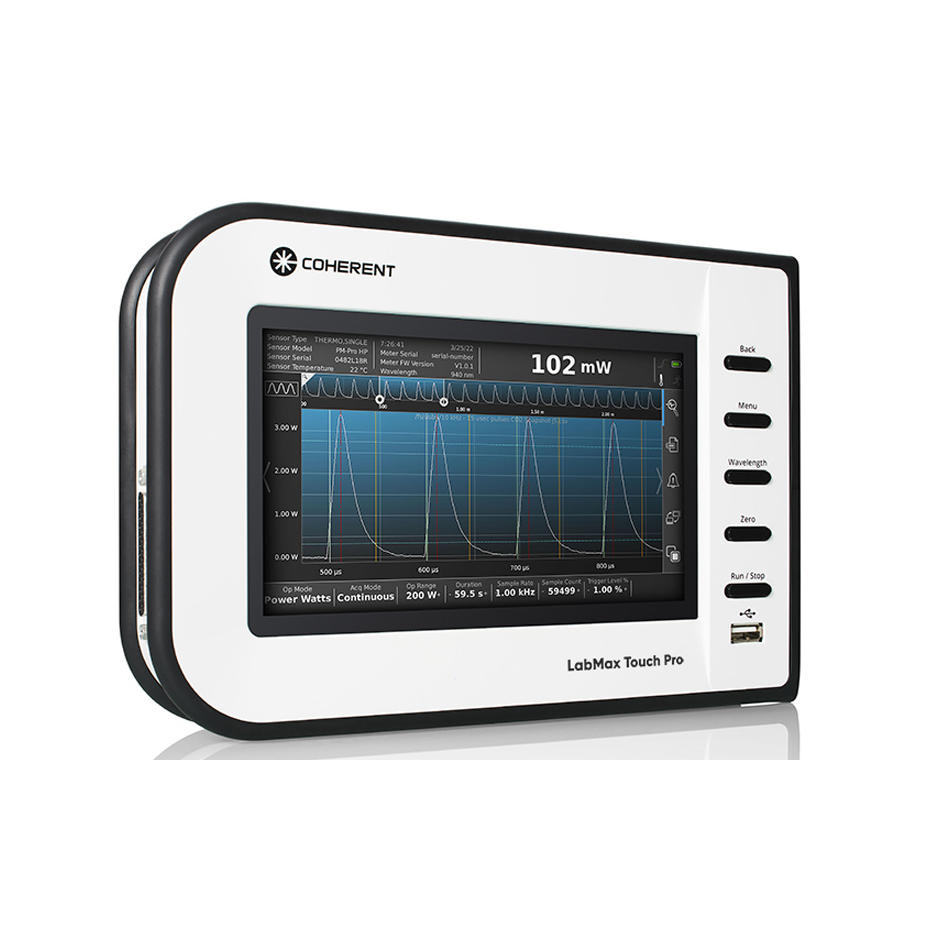Laser Diagnostics Targets Greener Rocket Launches
Measuring combustion in unmatched detail using CARS laser spectroscopy
March 23, 2023 by Coherent
We all know how the automotive industry has improved the fuel efficiency of gasoline and diesel vehicles to reduce their environmental impact. And you may have read how power generation companies are looking at carbon dioxide capture and burning hydrogen as ways to lower their greenhouse gas (GHG) emissions. But did you know that the growing space launch industry is also working at cleaner rocket engines with improved propulsion efficiency and lower harmful emissions?
There is a growing awareness that this matters because of the proliferation in space launches. Specifically, organizations in both the public and private sectors are racing to launch large numbers of satellites into low Earth orbit (LEO). The main purpose of these satellite ‘constellations’ is to improve and expand our telecommunications infrastructure. Other groups are planning constellations that will gather various types of imaging and sensing data, from tracking weather to monitoring traffic.

Engineers are targeting more efficient propulsion systems to minimize the atmospheric impact of a rapidly growing commercial space launch industry.
Of course, if you want to improve the performance of something like a rocket engine it really helps if you know the details of what’s going on inside it. The Kiruna Space Campus of Luleå University of Technology (Sweden) recently recruited Dr. Alexis Bohlin for this purpose, where he also collaborates with the Esrange Space Center.
Bohlin is a recognized leader in monitoring a variety of combustion systems with laser diagnostics, particularly using a somewhat complicated technique called Coherent anti-Stokes Raman scattering (CARS) spectroscopy. He says, “Laser diagnostics has the advantage to measure quantities in the reacting flow, without perturbing the measurement region of interest, and the useful information can be acquired with excellent spatial and temporal resolution. My research is focused on the use of CARS imaging to map effective temperature and the concentration of several different chemicals, including N2, O2, H2, CH4, C3H8, CO2, H2O and so on, with as great precision and accuracy as possible.”

CARS uses laser beams to analyze combustion sources from simple hydrogen flames to complex rocket engines. Image credit Alexis Bohlin.
CARS is a well-known technique in science laboratories that uses ultrafast lasers to remotely probe and image the chemical details of a system. It has already been used to look at everything from the structure of molecules to 3D images of live-tissue. But the challenge with a rocket engine is that you can’t take it into a typical laboratory, it’s a bit too big for that! So scientists like Bohlin needed to find some way to take CARS to the rocket engine. That’s not trivial given the complexity of CARS which uses multiple ultrafast laser components – it needs two or even three separate laser wavelengths – and a lot of optics to precisely condition and align all the beams.
We know Dr Bohlin quite well because in his previous laboratory at Delft University of Technology (the Netherlands) Bohlin and his students built a CARS analysis setup where all the beams are based on a single industrial-grade ultrafast laser, specifically our Astrella “one-box” femtosecond amplifier. The high (several millijoules) pulse energy of this amplifier enabled them to split the output and use part of the femtosecond output directly as one of the laser beams. The other part of the pulse energy is used to drive a convertible-to-picosecond duration pulse with a device called a Second Harmonic Bandwidth Compressor (SHBC). With this as their basic CARS engine, Bohlin and colleagues successfully performed a variety of different studies on combustion flames and plasmas.
Over the last few years, Bohlin has made innovations and improvements to his CARS measurement techniques. Perhaps most important, is the stability and relative simplicity of his CARS system, compared to more traditional approaches. He states, “We wanted a universally applicable method that we could take to the combustion site if necessary, rather than a lab-bound method which could only be used on smaller engines that could be brought into the lab.” This focus led to his recent recruitment to the Kiruna Space Campus of Luleå University of Technology where we are proud to note that the Astrella is again acting as the working heart of his powerful diagnostic setup.
So when it comes to the use of CARS spectroscopy to investigate combustion, we can say “It really is rocket science.”
Get all the details by reading the whitepaper.
Related Resources


